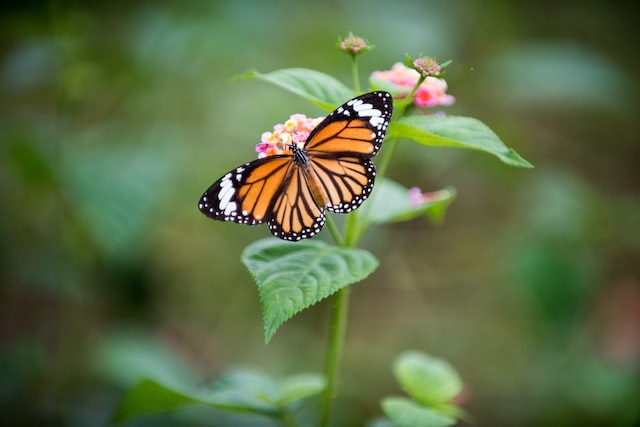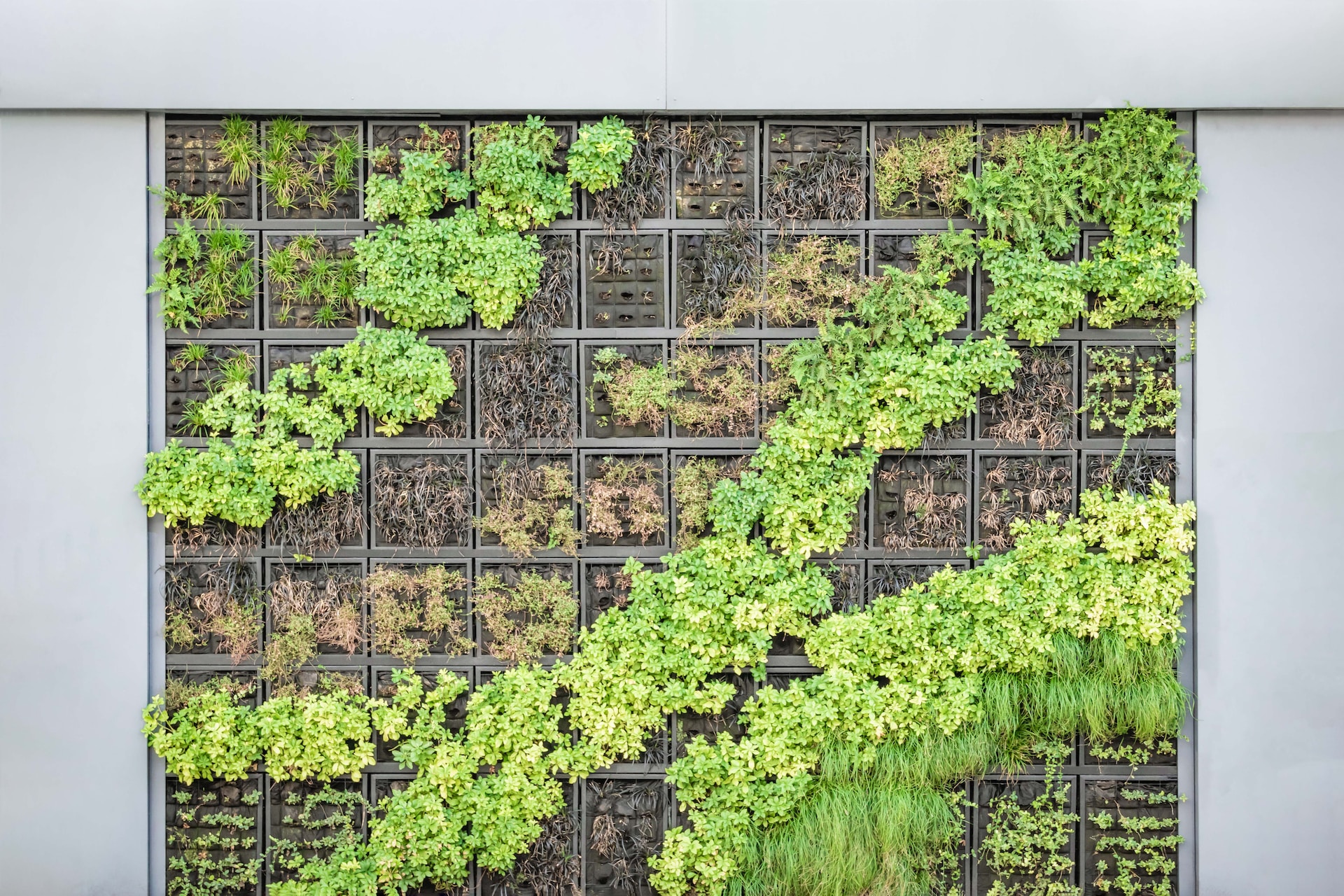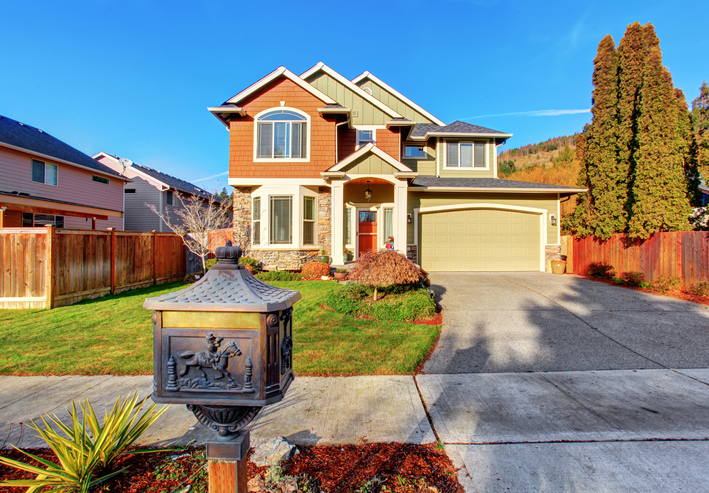If you are like most homeowners, spring is that time of year when you finally get into your yard, take a look around, and immediately feel overwhelmed. A yard can be a great place to feel productive and actually learn new skills, but it can also be a slow-going and expensive project. Fall and winter weather can create a messy, overgrown and untended yard. You might have erosion issues, weeds, fallen branches, dead plants, and empty containers to contend with. You might even have repairs that need fixing, like a broken fence, wiggly stair railing, or drainage issues. Here are some great tips to help you make the most out of your yard work this season and help lay a good foundation for your garden.
1. Take care of what’s broken first
Before you launch into planting new flower beds, be sure you repair any structures on your property that are broken or in need of repair. The deck, stairs, fencing, gutters or any concrete work that poses danger to people or could lead to more property damage should be addressed first. If you are unable to do the work yourself, hire a contractor. You’ll also want to make sure your lawn and yard equipment is in good shape. Sharpen your tools so that they work properly, lubricate and clean off the mower, and make sure everything is in working condition and safe to use. You’ll want to assess your trees, shrubs and plants and see what is dead or damaged. Winter can be particularly harsh on even the hardiest of plants, and dead branches can pose a real danger in the yard. Having a safe and functional yard is the first step towards a healthy and beautiful garden that everyone can enjoy.
2. Get inspiration from your neighborhood
Sometimes the best sources of inspiration are right around you. Your neighbors have the same climate, soil conditions and rainfall that you do, so see what plants are working in their yard how they have designed their garden space. This is an excellent way to get familiar with the types of plant species that are successful in your region and get inspiration for landscaping and curb appeal. Keep in mind that if you see an enviable yard, that person has most likely spent many years cultivating it. So although you may not be able to immediately replicate the landscape of your favorite home, you can certainly learn from their choices and use that as a guide for your own yard.
3. Get expert advice from a master gardener
A master gardener is a person who has gone through a formal training in the field of gardening. Local universities and extension programs provide classes, testing and educational programs for people interested in taking their gardening knowledge to the next level. Master gardeners not only know their local flora and fauna, they are trained in sustainable gardening practices, have studied the environmental impact of gardening including water conservation, are knowledgeable of invasive species of plants, and are interested in educating the public about successful gardening techniques. Many nurseries host free master gardener sessions where you can ask specific questions about your yard like how to design a perennial garden, natural pest control methods and general plant selection. This is a great way to get professional-level advice for your own garden. Learn more about your local master gardener program here.
4. Know your soil
Before you run out and purchase soil amendments, plant nutrients or fertilizer, test your soil to see what nutrients it is actually lacking. Soil kit testers are inexpensive and can be an excellent way to understand why certain plants aren’t growing well in your yard. Plants need a particular pH level for optimal growth and health; soil that is too acidic (with a low pH) or too alkaline (with a high pH) may not support your favorite flowers, for example. In addition to testing the pH levels, you should also have a good understanding of your soil composition. Is your garden sandy, rocky or mostly clay? You may need to amend your soil with good quality top soil to build a better base for your plants. Or, if this proves to be too expensive, look for plants that adapt well to your type of soil.
5. Start composting
Compost is the result of decomposed organic material that can be used as a soil amendment or plant nutrient. In other words, compost is like a vitamin pill for your plants, and can contribute to healthy soil conditions, moisture retention, weed control, and general good yard condition. Compost can be created a number of different ways: you can add food scraps to a compost bin where it will decompose, place yard waste scraps in an open compost area, or place worms in a compost container (called vermicomposting) which will produce manure for the yard. All of this “black gold” created from these various compost methods can be added to your soil, on your lawn, or in a produce garden to help create robust and healthy plants. The benefits of composting go beyond the garden. Composting can help reduce waste in our landfill and can be a great way to get rid of your eggshells, coffee grounds, grass clippings or dead leaves. Buying compost is expensive, so try it at home for a low-cost method. Read more about how to set up a compost area in your yard here.
6. Save those plant tags
The tags that come with your new plants may not have tons of detailed information, but they may prove useful in the future. Knowing the species name of the plant is important, especially if you want to learn best practices for pruning, fertilizing, watering, spacing, or any other pieces of information that can affect the health of the plant. You can keep these tags in a garden notebook for quick reference, or write the species name of the plant on a plant tag and affix it to the plant. This is a great way to become more of a plant expert and be able to identify plants at the nursery as well.
7. Be mindful of watering
Planning your garden and landscape usually means focusing on plants, colors or design, but how you intend to water everything should also be top of mind during the planning and planting stages. Planting a beautiful flower bed that is too far out of reach of your sprinkler system, or adding plants that require lots of water, will actually become problematic to your budget: dead plants waste money, and too much watering means a higher water bill. Experts agree that water conservation should always be part of your landscape conversation, no matter what region you live in. A great way to plan for watering is to plant by water need, grouping similar water-need plants together to make irrigation more efficient. If you have a sprinkler system, you should have the sprinkler heads checked annually to make sure they aren’t wasting water. Additionally, having a good layer of mulch around your plants is an excellent way to ensure that moisture is being retained and can help prevent water run-off.
8. Create focal points for an expert look
The best landscapes and backyards use a little design trick that works no matter what size your space is: have a focal point. This could be as simple as a bird bath, water feature, tree, a park bench, or a large container filled with flowers. The idea is that this focal point creates a sense of perspective and depth in the yard and grabs the eye’s attention, making your brain think that something interesting is going on. Large yards can have several focal points that lead the eye across the yard or down, let’s say, a path to a bench. Small yards can look larger with clever uses of structure like an arbor, or something directional like a pathway. It doesn’t matter that this pathway leads to anything, it’s the illusion that there is direction and momentum that makes for an interesting and engaging space. If you don’t know where to begin, start by organizing things you already have like a small sitting area, or a large container or two, and try grouping them in the garden. You can use this a base in which to landscape or garden around, adding plants, flowers or features slowly over time. If you’d like to see a great example of this design trick, check out this amazing before/after landscaping project by Alderwood Landscaping.
[twentytwenty]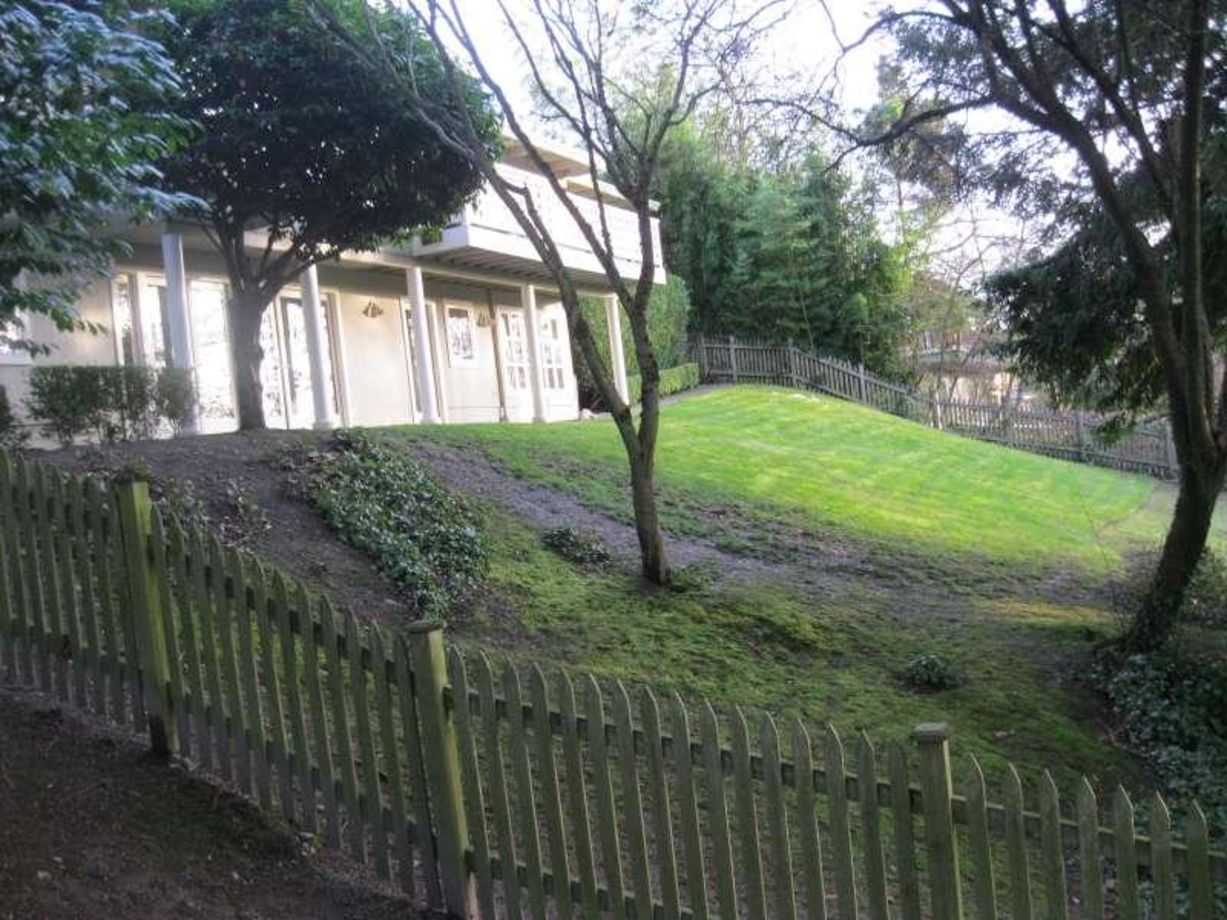
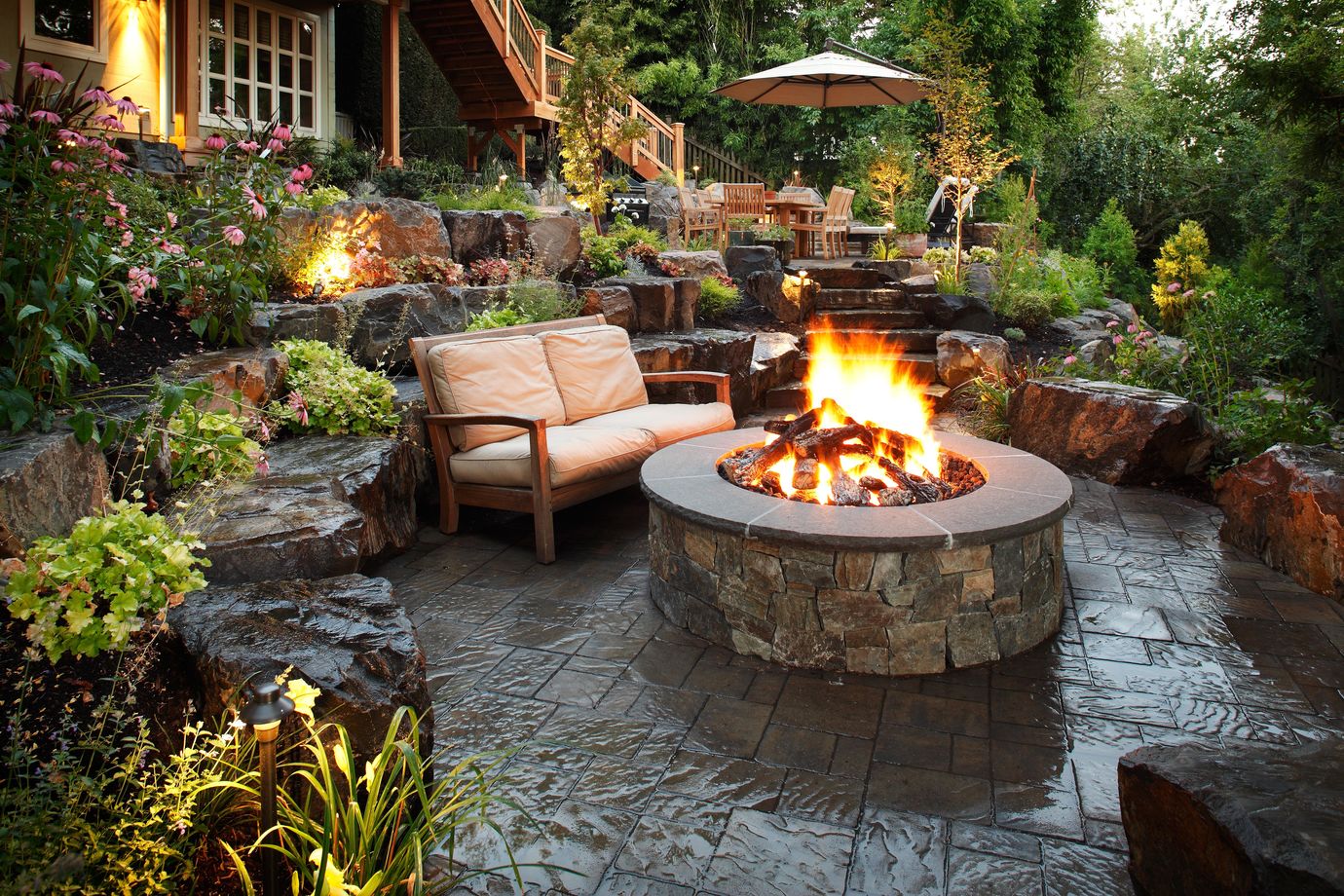
[/twentytwenty]
9. Use native plants
Native plants are plants that are naturally found in your region or climate conditions. These are “local” plants that should adapt easily to your soil, altitude, temperature and overall climate. Ideally, these plants are somewhat low maintenance and won’t need a multitude of expensive soil amendments, toxic fertilizers, or excessive watering. Experts feel that native plants are a more sustainable way to plan your garden, and won’t cause strain on the environment like a non-native plant can. Native plants are also thought to co-exist more successfully with native insects, birds and animal life, and can create a better environment for living creatures who may rely on these plants for food or shelter. Most nurseries should have a native plant section or be able to help you find the plants you are looking for. You may even already have these plants in your yard and can possibly help propagate them or encourage their growth.
10. Know when to hire a professional
Even the greenest of thumbs needs professional landscaping help from time to time. There may be a larger project that needs to be done with professional-grade equipment, labor intensive jobs that require many hands, or structural elements that may be beyond your skill level. You might also want to hire someone to design and create the right type of “foundation” for your yard or simply clean up and clear a huge mess. If you are considering hiring a professional landscaping company, it’s a good idea to know your budget and the ideal scope of the project. Have them visit your yard in person so that they can assess the space, take a look at the overall landscape and point out any issues or work that may affect the budget (like erosion control, permitting, or drainage issues). If you have any must-have elements like specific plants or colors, be sure you have that information for your meeting.
